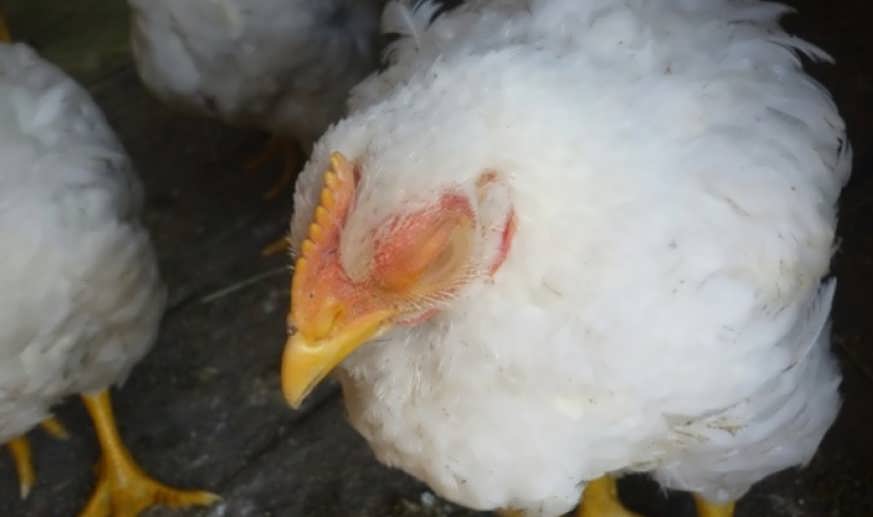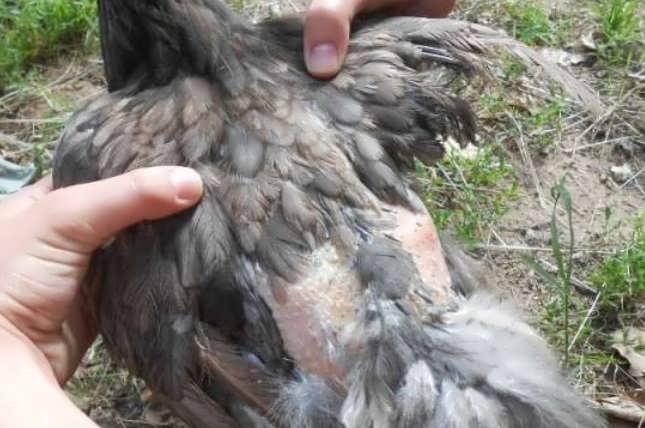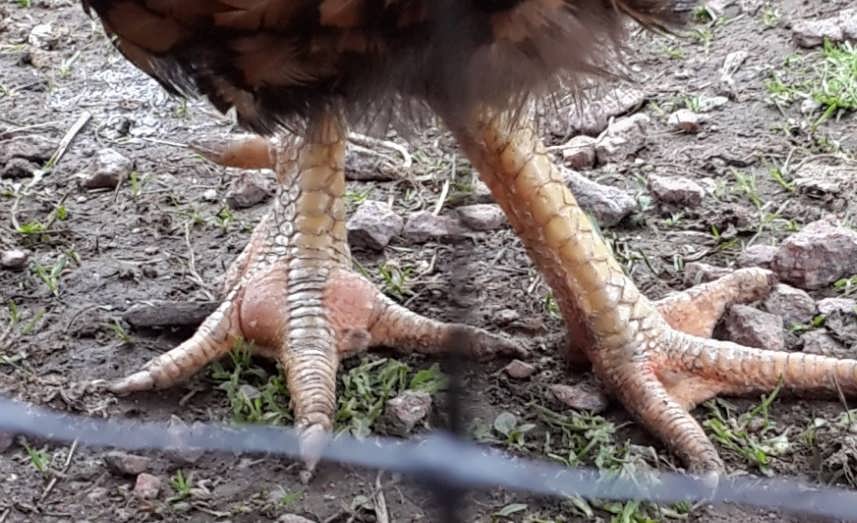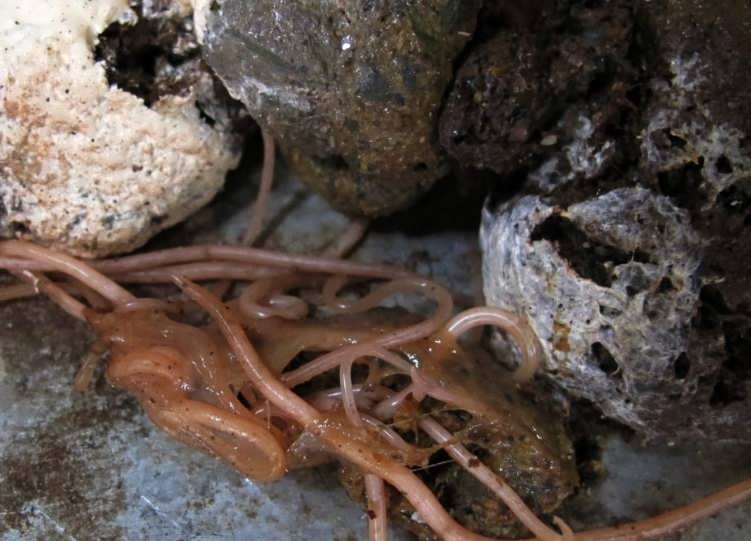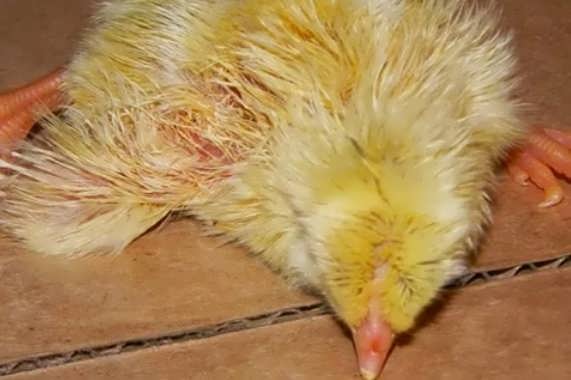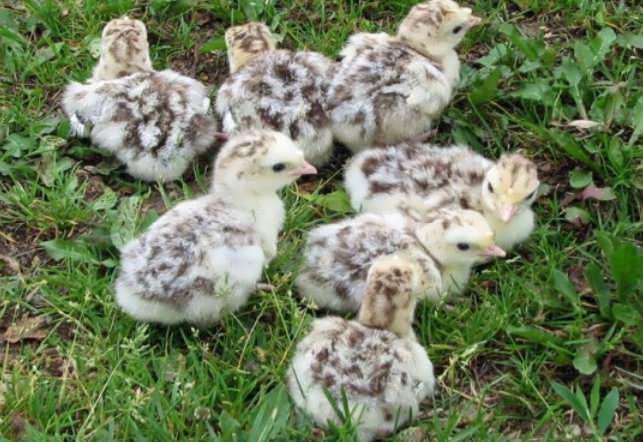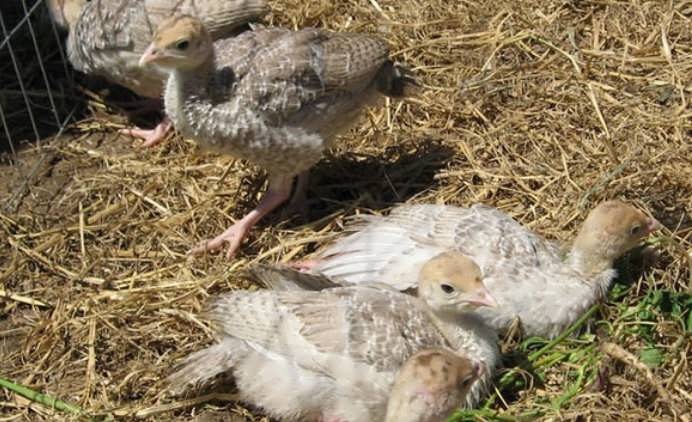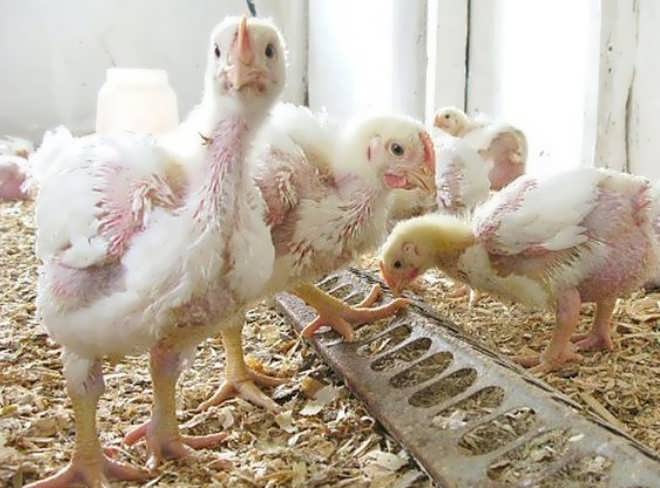Many novice poultry farmers are afraid to grow goslings , and the reason for this is mortality. Having tried once and failed, people are perplexed about the reasons, they cannot quite figure out exactly how to behave in a situation when goslings die.
What are the goslings dying from?
The reason for the fall can be:
- poisoning;
- infectious diseases ;
- Invasive diseases;
- Defects of feeding and maintenance .
One thing is clear - without a reason, the death of goslings is impossible. Noticing something was wrong with birds, poultry farmers immediately begin to think about how to treat. But before choosing a drug, a diagnosis should be established. It is not always possible to contact a specialist, and in this case, you have to provide assistance yourself.
Each of the listed reasons for the case has its own characteristics, and by answering a few questions (they are usually asked by the doctor to the client (the owner of animals and birds) and this is called anamnesis), you can establish a presumptive diagnosis.
Assume Poisoning
Poisoning a bird is easy. Hundredths of a gram are enough to cause the death of a small creature. Banal table salt may be the reason why goslings die.
To suspect poisoning, there is a clear symptom - everyone dies at once. If the poultry house was opened in the morning and found that the whole bird had died, this is poisoning.
Of course, it may happen that some individual gosling found something somewhere and sat down. However, this is usually rarely the case.
Finding out the cause of poisoning can be difficult. A veterinary laboratory comes to the rescue, but even she is not able to investigate all possible poisons.
Cause: infection
Very often, goslings vilify white and die, and this is a typical symptom of an infectious disease. In this case, the bird does not die all at once, but gradually, and diarrhea, weak activity, oppression, refusal to feed can be observed long before the case.
salmonellosis
If salmonella became the cause of the case, then drowsiness, lacrimation are added to the listed signs, the goslings throw their heads back and die. In this case, up to 60% of the livestock can be lost in 2-4 days. The bird that survived will lag behind in growth and development.
Goslings older than 3 weeks old can tolerate the infection more persistently, and at the age of 1.5-2 months the disease is asymptomatic. That is why, when forming a flock, it is impossible to keep birds of different ages together. It is all the more dangerous to add adult livestock to young animals.
If small goslings die, 2-4 days after hatching, while the percentage of yield after incubation is also low, then most likely the eggs were infected with salmonellosis. In this case, the chance of survival is very small.
At poultry enterprises, all breeding stock is immunized against salmonellosis 20-25 days before the start of laying, with domestic ones the situation is more complicated.
Read more: How to hatch goslings in an incubator . Description of the process from A to Z.
pasteurellosis
Without additional research, it is difficult to differentiate salmonellosis from pasteurellosis. But, with this disease, the signs listed above are joined by the fact that goslings fall to their feet and die.
Pasteurella, in addition to the gastrointestinal tract, also chose the articular surfaces of the hind limbs as a place of localization and, developing, contributes to arthritis.
Both in the case of salmonellosis and pasteurellosis, the adult livestock is ill in a latent form. Geese remain pasteurell-carriers for a long time and infect young animals.
Viral enteritis
This viral disease becomes noticeable 2 weeks after hatching, and is fraught with the death of 100% of the livestock.
The signs of the disease are very similar to the previous ones, but they are accompanied by fluctuation of fluid in the abdominal cavity (due to its accumulation).
The disease can enter the farm with both young and adult birds (the virus carrier is 3-4 years).
Aspergillosis
This disease is caused by a pathogenic microscopic fungus. It can enter the body of a bird with litter if it is done with rotten straw, hay or sawdust. The disease manifests itself from 15 days of age in the form of bronchopneumonia, nasal discharge, yawning, sneezing, coughing, and ends with the death of 50-80% of the livestock.
When such symptoms are detected, the natural question arises, “What to drink so as not to die?” In this case, goslings drink a solution of copper sulfate, prepared at the rate of 1:2000 (1 g of the drug per 2 liters of water). You can not cook more concentrated, the wrong dosage leads to a spin (the goslings spin in one place). Watering is carried out within 3-4 days, and the litter is completely replaced with a benign one.
Reason: invasion
Eimeriosis
This is a disease caused by protozoa. In goslings up to 3 months of age, it is acute with signs of diarrhea (sometimes bloody), thirst, depression, and poor appetite. The fall reaches 30%. The goslings roll over on their backs and die.
For treatment applicable: sulfademizin, sulfademitoxin, coccidiovit. The powder must be given in a mixture with food or poured into the mouth of each chick individually. For 10 goslings, one 0.5 g tablet is enough.
Feeding and maintenance defects
Sometimes goslings fall to their feet and die without exposure to pathogenic factors.
Cold and poor quality feed can also cause deaths. The goslings must not be allowed to cool. Having equipped the cage with a lamp, the birds will independently choose the level of heating. By observing the bird and adjusting the power, you can create optimally comfortable conditions for them. In this case, wet litter is completely unacceptable.
Food for goslings should be of good quality with high nutritional value.
When choosing medicines, you need to be guided by knowledge and common sense. For example, treatment with vodka - this does not apply to the field of either medicine or poultry farming.

